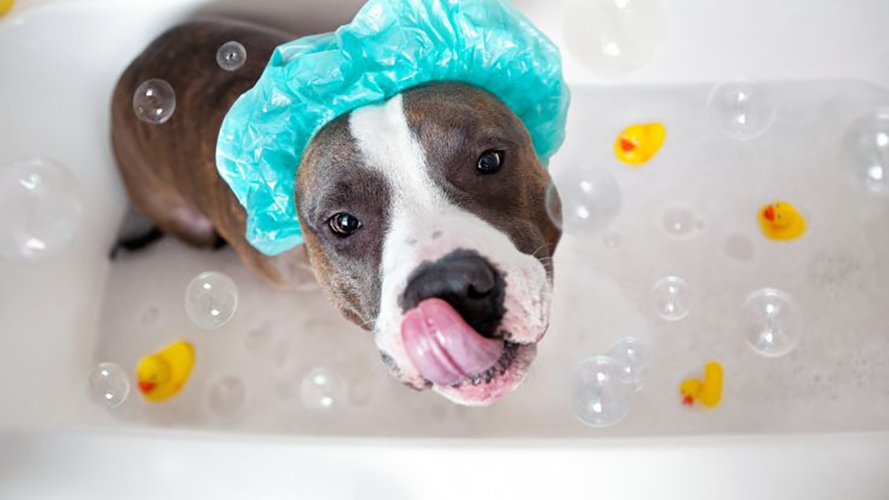Preservatives
Look for preservatives such as formaldehyde, benzene, or parabens on the shampoo label.
Have you seen an ingredient label that simply said “Preservatives?” If so, don’t put it in your shopping cart. Chances are they aren’t disclosing it because it is one of the formaldehyde releasers. Formaldehyde is considered to be a known carcinogen. Studies have demonstrated that formaldehyde can be absorbed through the skin. Formaldehyde may also cause skin reactions and rashes.
On its own, there is nothing in sodium benzoate that would cause a health concern. When sodium benzoate and citric acid and/or ascorbic acid (vitamin C) are mixed together, they may become benzene – a cancer causing chemical associated with leukemia and other blood disorders.
Parabens, another type of preservative, can be harder to find. Parabens are thought to be stored in the body and have a cumulative effect, posing health risks such as estrogen disruption, breast cancer, and reproductive issues. The most commonly used parabens are butyl paraben, methyl paraben, and propyl paraben.
Will your dog get cancer because formaldehyde, benzene, or parabens are in his shampoo? We don’t know the answer to that question, as there are no long term studies that look at exposure to normal use of products. We can say that these ingredients have been linked to a range of health issues from skin irritation to cancer and there are viable alternatives.
Sulphates
Manufacturers will tell you they use sulfates (aka detergents) in dog shampoo because in addition to making the product sudsy, the hair/fur sleek and shiny, they capture oil and dirt that washes out in the rinse. It sounds great, right? What they don’t tell you is while the sulfates are removing excess oil and dirt, they are also stripping the natural oils and irritating the skin. These irritations are likely not noticed on your furry friend unless they become infected.
MEA and other three letter Ethanolamines
The ethanolamines are a group of chemicals made from proteins (amino acids) and alcohol that have
ammonia-like odors. The three ethanolamines commonly found in your dog shampoo are MEA, DEA, and TEA. Manufacturers use ethanolamines in the synthetic development of dog shampoos as they create a creamy texture with good foam.
When ethanolamines are used in the same product as certain preservatives or other ingredients, they break
down into nitrogen and can form what is called nitrosamines. The nitrosamines are classes of chemicals that are thought to be carcinogenic, have reproductive toxicity, developmental toxicity, and organ system toxicity.
Armed with this information, you should be able to find a safe shampoo for your dog. You might want to
take your magnifying glass when you go shopping as the small print really is very small!
To see the full article, please go to: http://www.dogsnaturallymagazine.com/3-dangerous-ingredients-in-your-dogs-shampoo/






